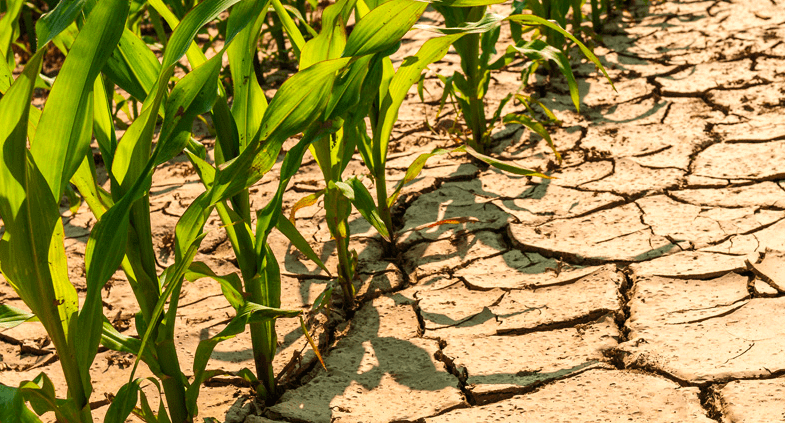Drought tolerant vegetables are saving farmers in Sub Saharan Africa
With global warming taking toll over the climate, our future looks really dry. The growing number of droughts in Africa and the climate change predicting more of them calls for making the affected community drought resilient to stave off hunger. Because, the arid land and water stressed areas are the beast of extremes, growing crops in long dry spells is a hard turnaround and, security of food in the regions is more likely to be plateaued. What’s more, when rainfall comes up short, you start losing hope from nature to make up for the water-poor regions.
With less hospitable conditions, countries like Ethiopia, Kenya and Somalia suffer from famine and hunger with low yields. The only hope for higher yields and income for farmers is getting drought resilient by growing drought tolerant vegetables in hot and dry realm.
Short days of maturity and less water consumption for fruit development is what makes them ideal for water stressed areas than the local varieties under the rampage of intense heat and pests and diseases. IAEA along with FAO (Food and Agriculture Organization of the United Nations) fortunately have joined hands to initiate plant breeding programs; a way to address the issue with nuclear technologies for improved characteristics of the crops.
Zambia is becoming drought resilient
When considering drought tolerant crops, legumes are almost safe to the harsh conditions but take more time in maturing than the other two varieties of cowpea introduced to meet the characteristics that withstand drought mature early and need less water to grow with the use of nuclear technology.
Lunkhwakwa and Lukusuzi, the two varieties of cowpea are exposed to irradiation that speeds up the natural process of producing genetic variation in plants. Farmers in the dry areas are given priority for the provision of seeds.
The project is targeted to achieve food security and higher income for farmers in low rainfall areas and regions prone to drought. The new yields are expected to yield 10% more than their parent varieties. Moreover, as the legume is rich in protein, the nation together can achieve improved nutrition with availability of food.
How you can grow drought tolerant vegetables and why
Climate change is bound to affect every region worldwide, scarcity of water follows with dry and heat air. Hence gardeners are faced with uncertain and challenging circumstances. To dodge the bullet, either look for methods to conserve water or grow drought tolerant vegetables: vegetables with short days to maturity. There is more to it, proper planning and a strategic approach to grow low water vegetables that includes finding ways and techniques of water retention, diminishing the effect of sweltering sun, protection from dry winds, and prompt adherence to water schedule when plants are young and growing.
Plan according to the climate of your region; let the climate dictate you when to grow the vegetables. Early springs are best to make the most of warmth to speed up the germination process or later in fall can help with the water supply through seasonal rainfalls, whatever you choose the ultimate goal is early maturing and less water consumption.
Mulch reduces the need of watering by 50 percent by moisture retention, adding layer of which is an excellent technique to catch rain and evaporating water from the soil beneath and help condense it. Mulching is moisture sponge that soaks moisture around the area where the plant is grown. However grass clipping, pine needles, straw or shredded bark and dried leaves can be added to keep the temperature down and slow down the water evaporation.
You don’t have unlimited or adequate water supply. In this case, making use of drip system to water over overhead watering can reap benefits when you come short with watering specially in dry areas. Schedule the watering in late hours in evening or early in morning when sun is not at its peak. Understand the growth cycle, plants need more water when they are young and unestablished, water accordingly and heavily and later reduce the supply.
Best drought-resistant vegetables for water-poor and dry climate
- Beans (all varieties, pole and dry beans)
- Cantaloupe
- Okra
- Cucumber
- Eggplant
- Melon
- Pepper (all varieties)
- Sweet Potato
- Tomatillo
- Jicama
- Sweet and Seed Corn
- Squash (Winter and Summer)
- Watermelon
- Tomato (try early producing or heat-resistant varieties like Early Girl, Roma, Marvel Striped)
A drought resistant garden is your food partner in rainy days (metaphorically). Uncertainty can be tamed and food security managed with awareness of your water supply, what is the source, how to conserve it and where to use.




